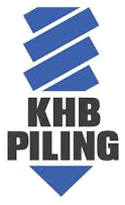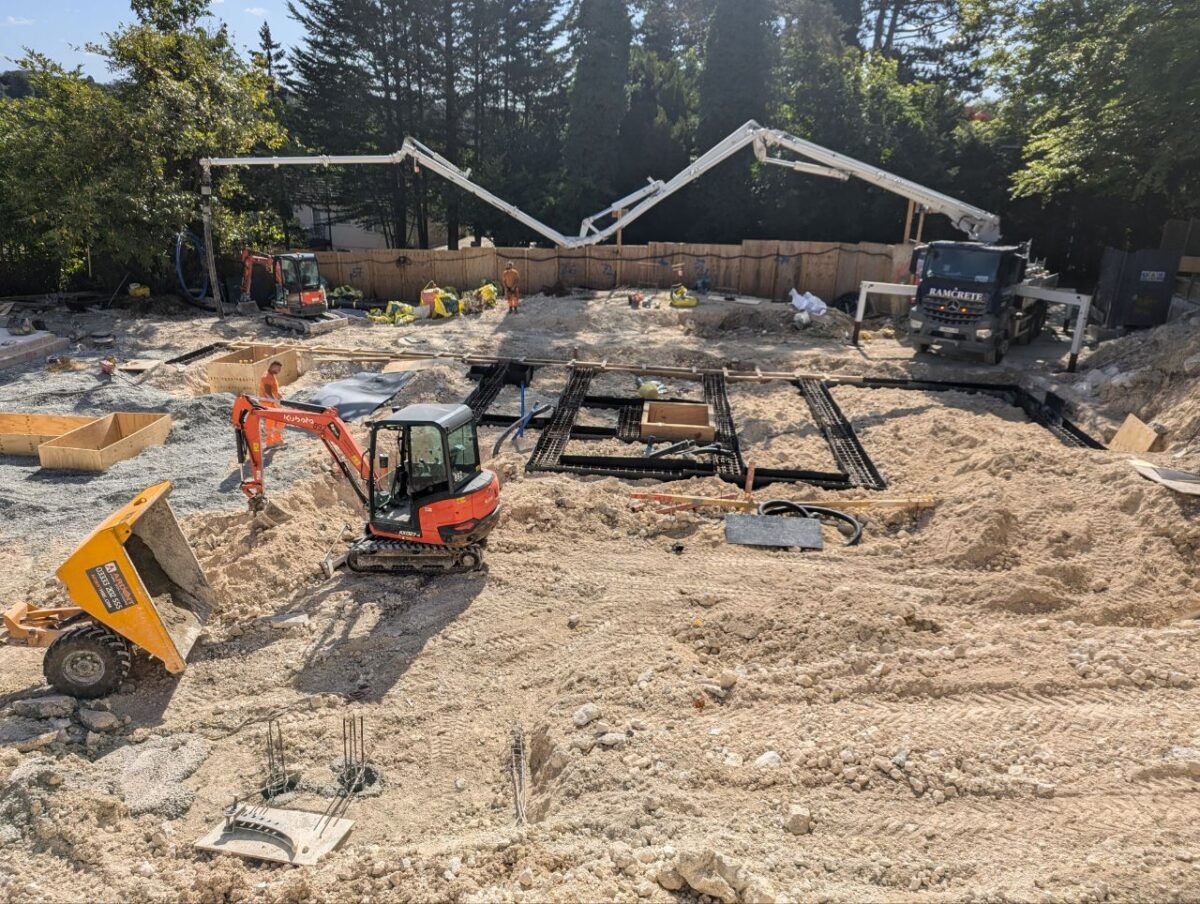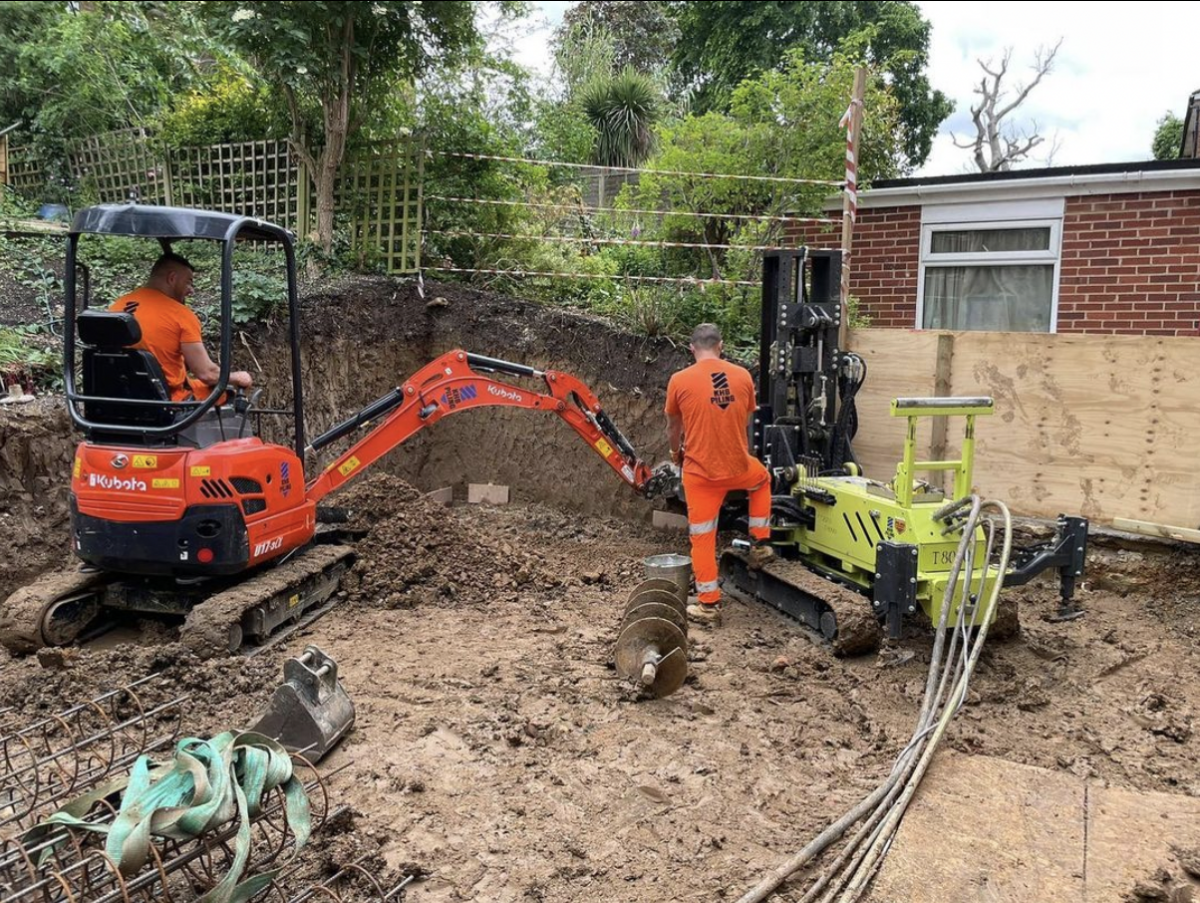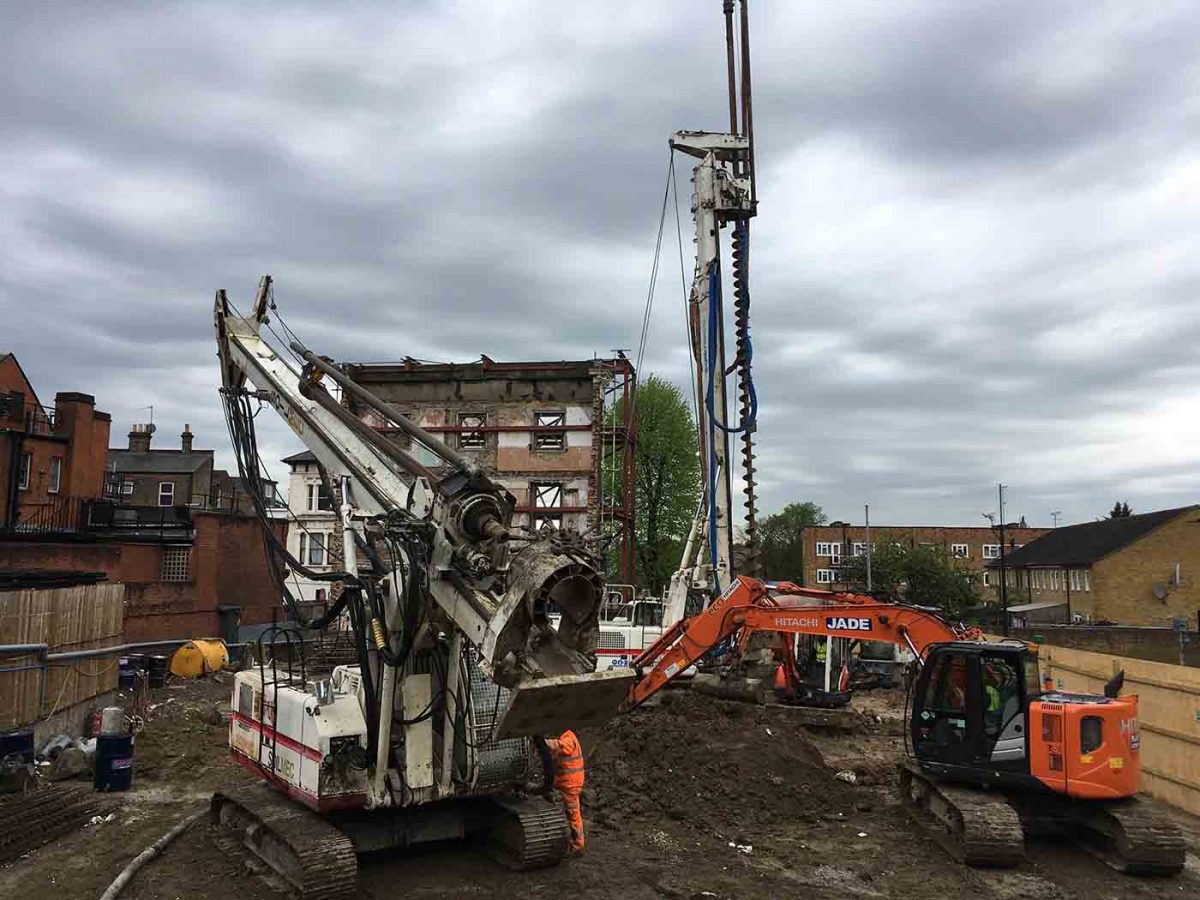As London’s construction landscape continues to evolve, the demand for mini piling solutions has never been greater. Whether it’s residential extensions, commercial redevelopments, or infrastructure improvements, KHB Piling remains at the forefront of innovation, offering cost-effective, reliable, and space-efficient piling solutions. But what does the future hold for mini piling in London? Let’s explore the latest trends and technological advancements shaping the industry in 2025.
1. Advanced Mini Piling Techniques for Urban Development
With London’s limited space and complex ground conditions, traditional piling methods are often impractical. In 2025, micro-segmental piling and continuous flight auger (CFA) piling are becoming increasingly popular due to their ability to:
✅ Minimize disruption in tight urban environments
✅ Provide strong foundations in areas with variable soil conditions
✅ Reduce noise and vibration, making them ideal for residential areas
At KHB Piling, we specialise in tailored mini piling solutions that meet the demands of modern construction while adhering to the strictest building regulations.
2. Sustainability & Eco-Friendly Piling Practices
The construction industry is under growing pressure to adopt sustainable practices, and mini piling is no exception. In 2025, key innovations in eco-friendly piling include:
🌱 Reduced carbon concrete mixes – Lower CO₂ emissions without compromising strength
♻ Recyclable steel reinforcements – Sustainable alternatives for piling structures
⚡ Energy-efficient machinery – Electric and hybrid piling rigs reducing fuel consumption
By implementing these technologies, KHB Piling ensures that our projects contribute to a greener and more sustainable London.
3. Digital Twin Technology for Precision Engineering
One of the most significant advancements in 2025 is the integration of Digital Twin Technology in mini piling projects. This AI-powered innovation allows for:
🔹 Real-time simulations – Predicting ground behavior before piling begins
🔹 Enhanced structural integrity – Optimizing pile placement for maximum stability
🔹 Remote monitoring – Tracking piling progress and performance with minimal human intervention
At KHB Piling, we use cutting-edge digital solutions to improve accuracy, efficiency, and cost-effectiveness in every project.
4. The Impact of AI & Automation on Mini Piling
The rise of artificial intelligence (AI) and automation is transforming the piling industry, leading to:
🤖 Automated piling rigs – Increased precision and reduced human error
📊 AI-driven soil analysis – Faster and more accurate assessments for piling suitability
🚀 Enhanced project efficiency – Reduced timelines and labor costs
As one of London’s leading mini piling contractors, KHB Piling embraces these advancements to ensure faster, safer, and more cost-effective foundation solutions.
5. Cost-Effective Mini Piling Solutions for 2025
As construction costs rise, developers are seeking more efficient and affordable piling options. In 2025, mini piling remains one of the most cost-effective foundation solutions, particularly for:
🏠 Residential extensions – Adding basements or loft conversions with minimal disruption
🏢 Commercial developments – Strengthening foundations for office buildings and retail spaces
🛠 Infrastructure projects – Supporting bridges, highways, and public buildings
At KHB Piling, we provide customized piling solutions that meet both structural requirements and budget constraints.
Why Choose KHB Piling for Your Next Project?
With over 10,000 successful projects and a 98% client satisfaction rate, KHB Piling is a trusted name in mini piling services across London. Our expertise, commitment to quality, and innovative approach make us the leading choice for all piling needs.
📌 Our key services include:
✔ Mini Piling – Ideal for limited-access sites
✔ Rotary Auger Bored Piling – Perfect for deep foundations
✔ CFA Piling – Low-noise, vibration-free solutions
✔ Piled Raft Slabs – Providing enhanced load distribution
Final Thoughts: The Future is Now with KHB Piling
As London’s construction industry moves towards greater efficiency, sustainability, and innovation, mini piling remains a key player in shaping the city’s skyline. Whether you’re planning a residential, commercial, or infrastructure project, KHB Piling is your go-to partner for reliable and future-ready foundation solutions.
📞 Need expert piling services? Contact KHB Piling today!
📍 Address: 35 David Ave, Greenford UB6 8HG
📞 Phone: +44 7821 836407
📧 Email: info@khb-piling.co.uk
🌐 Website: khbpiling.co.uk
🚀 Building London’s Future – One Pile at a Time!








